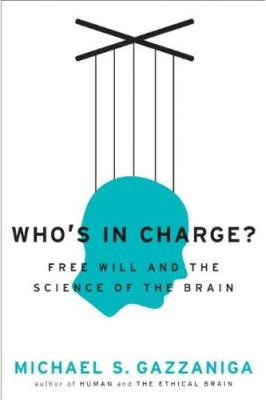- HOME
- INTRO TO THE FORUM
- USE AND MISUSE
- BADLY WRITTEN, BADLY SPOKEN
- GETTING
TO KNOW ENGLISH - PREPARING FOR ENGLISH PROFICIENCY TESTS
- GOING DEEPER INTO ENGLISH
- YOU ASKED ME THIS QUESTION
- EDUCATION AND TEACHING FORUM
- ADVICE AND DISSENT
- MY MEDIA ENGLISH WATCH
- STUDENTS' SOUNDING BOARD
- LANGUAGE HUMOR AT ITS FINEST
- THE LOUNGE
- NOTABLE WORKS BY OUR VERY OWN
- ESSAYS BY JOSE CARILLO
- A Unified Approach To The Proper Use Of Punctuation In English - II
- A Unified Approach To The Proper Use Of Punctuation In English - III
- Steeling Ourselves Against Common Subject-Verb Disagreement Pitfalls
- The Appropriate Way To Position Subordinate Clauses And Phrases
- Please Don’t Wish Me ‘More Power!’
- Let’s Say Goodbye To Those Irritating English Clichés
- ABOUT JOSE CARILLO
- READINGS ABOUT LANGUAGE
- TIME OUT FROM ENGLISH GRAMMAR
- NEWS AND COMMENTARY
- BOOKSHOP
- ARCHIVES
Click here to recommend us!
ADVICE AND DISSENT
This section features discussions on education, learning and teaching, and language with particular focus on English. The primary subjects to be taken up here are notable advocacies and contrary viewpoints in these disciplines and their allied fields. Our primary aim is to clarify matters and issues of importance to language and learning, provide intelligent and useful instruction, promote rational and critical thinking, and enhance the individual’s overall capacity for discernment.
Responsibility is found in how people interact, not in the brain
The prevailing orthodoxy about human behavior is that since life is determined and governed by physical laws, there’s actually no such thing as free will and people are therefore not responsible for their actions. But in a new book to be released this mid-November, Who’s in Charge? Free Will and the Science of the Brain (Ecco/Harper Collins, 272 pages), renowned neuroscientist Michael S. Gazzaniga powerfully argues that the mind “constrains” the brain just as cars are constrained by the traffic they create. Marshaling the latest scientific findings on the physical mechanisms of the mind, Gazzaniga shows convincingly that people are responsible agents who should be held accountable for their actions because responsibility is found in how people interact, not in their brains.

In Who’s in Charge, Gazzaniga says that like generosity and pettiness and like love and suspiciousness, responsibility is a “strongly emergent” property of the mind that, although derived from biological mechanisms, is fundamentally distinct and obeys different laws. “My contention is that, ultimately, responsibility is a contract between two people rather than a property of the brain, and determinism has no meaning in this context,” he writes in the book.
Gazzaniga puts together in Who’s in Charge his deep, wide-ranging insights into the human mind as a neuroscientist. Recognized as the father of cognitive neuroscience, he and psychologist and linguist George A. Miller founded this new field of study in the 1970s as a marriage of psychology and biology. Their pathbreaking research revealed that the brain has as split personality marked by a division of labor between its left and right hemispheres, a finding that became their basis for more intensive studies on how the human mind works.
ABOUT THE AUTHOR:
Michael S. Gazzaniga, PhD, is the director of the SAGE Center for the Study of the Mind at the University of California, Santa Barbara. He is the president of the Cognitive Neuroscience Institute, the founding director of the MacArthur Foundation’s Law and Neuroscience Project, and a member of the American Academy of Arts & Sciences, the Institute of Medicine, and the National Academy of Sciences.
RELATED INTERESTING READING:
In “Scientists and autism: When geeks meet,” a news feature in the November 2, 2011 issue of Nature online, San Francisco-based writer Lizzie Buchen writes about psychologist Simon Baron-Cohen’s controversial theory that scientists and engineers could be more likely to have a child with autism. Baron-Cohen hypothesizes that the genes that endow parents with minds suited to technical tasks could lead to autism when passed on to their children, especially when combined with a dose of similar genes from a like-minded mate. “I do think that when these geeks marry each other, that’s bad news for the offspring,” he says, though acknowledging that some of his psychological research has focused on high-functioning children with autism.
Read Lizzie Buchen’s “Scientists and autism: When geeks meet” in Nature online now!
Click to read responses or post a response
View the complete list of postings in this section
(requires registration to view & post)






